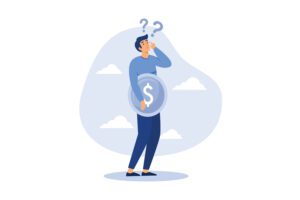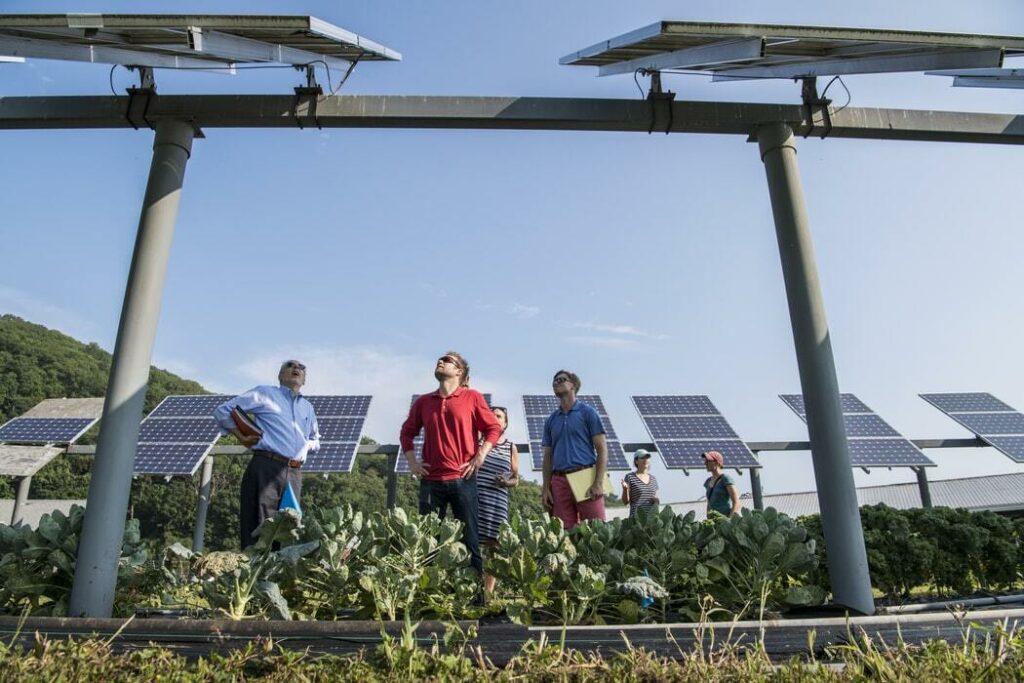
The RRSP deadline is fast approaching! We were so sick of all the ads this month about the impending deadline that we created our own parody video. In truth, you can contribute to your RRSP all year long. But the last day to make a contribution to reduce your taxable income for 2017 is tomorrow, March 1st. But before you go running to deposit money in your RRSP, we’d like to draw your attention to few things.
Why invest in an RRSP in the first place?
An RRSP, or registered retirement savings plan, is just a type of account. Plain and simple. You can open an RRSP with a discount broker, a robo-advisor, a bank or even with a worker’s fund. This is an important distinction because it implies that you can use an RRSP to invest in pretty much whatever you want.
Using an RRSP lets you deduct the amount you invest from your taxable income (up to 18% of your annual revenue from last year, or $26 010). In other words, you contribute to your RRSP in order to pay fewer taxes. So if you’re a student or earn a low income, putting money in an RRSP is not very advantageous.
What are some of the problems with RRSP accounts?
The problem with RRSPs is that you have to pay the taxes on the money you have put in the account as soon as you withdraw it. And since this money has grown in the meantime, in theory, you could have to pay more taxes on it in the future.
There’s a reason the word “retire” is in the name. It’s made for people who want to save for retirement – for when they are no longer working and earning an income. So you’ve only succeeded in giving less money to the government (through taxes) if you start using the money in your RRSP when you have a lower taxable yearly income.
But of course there are exceptions to this rule. You can use the dough you’ve collected in your RRSP to buy your first house (through the Home Buyers Plan or HBP), or to pay for post-secondary education (through a Registered Educaiton Savings Plan, or RESP). But you have to put all of that money back into your RRSP after.
Most people plan for their income to steadily increase all their life. So the only good reason for these people to invest in an RRSP (excluding the two cases we just mentioned buying a house and going to school ) is to save for retirement. On the other hand, if you ever predict that your annual income will decrease temporarily for example, because you want to travel, or start a business, an RRSP could be a good option for you.
One Final Point about RRSPs and Retirement Age
Do you like what you do? Do you want to continue doing it until after you’re 72 years old? If you answered yes to both of these questions, the RRSP could potentially cost you more in taxes in the long-run. Here’s why: at age 72 you will be forced to start taking money out of your RRSP.
Given that it’s not impossible that you are going to make more money at that age than you are now, there’s nothing preventing you from being taxed more on that income in the future than if you chose to pay taxes on it this year. And as life expectancy keeps climbing, and since work is becoming more and more sedentary and technology-centered, who says you’ll even want to retire by 72? You’ll still be having fun!























About The Author: Julien Brault
Julien started Hardbacon to help Canadians make better investment decisions. He’s raised more than two million dollars and signed strategic partnerships with financial institutions across the country. Before starting Hardbacon, Julien shared his passion for personal finance and the stock market while working as a business journalist for Les Affaires.
Julien manages his stock portfolio with National Bank Direct Brokerage. He uses a pre-paid KOHO Mastercard® for his online purchases and Borrowell to keep an eye on his credit score. Julien also has a Tangerine high-interest savings account.
More posts by Julien Brault